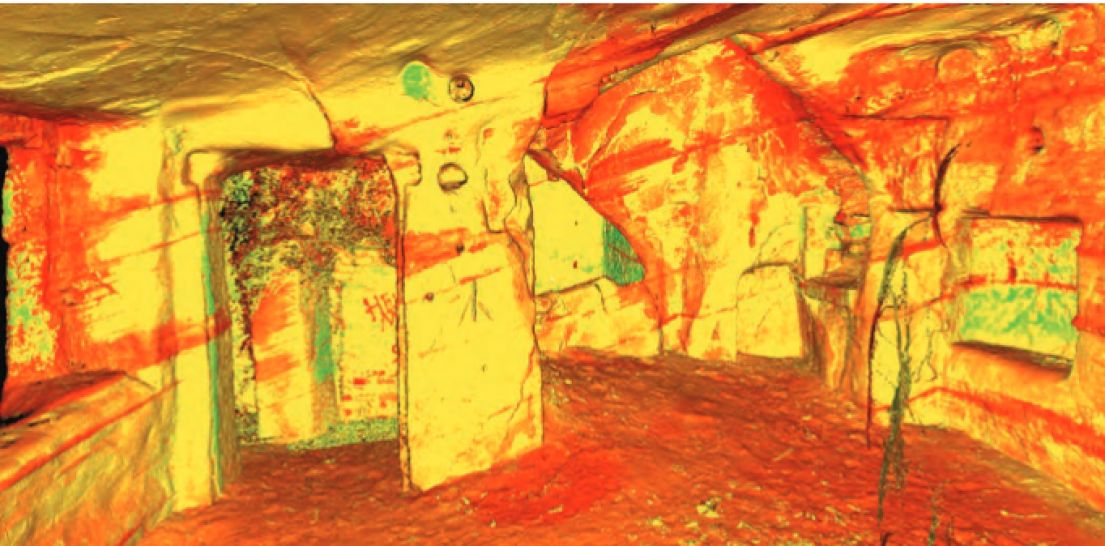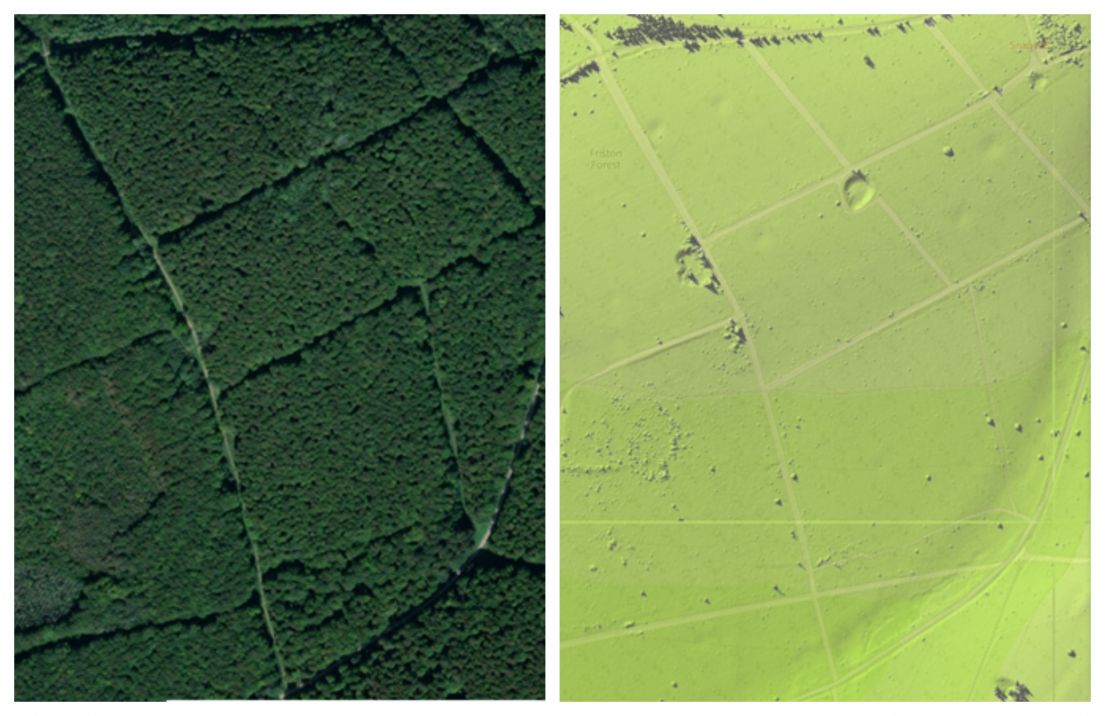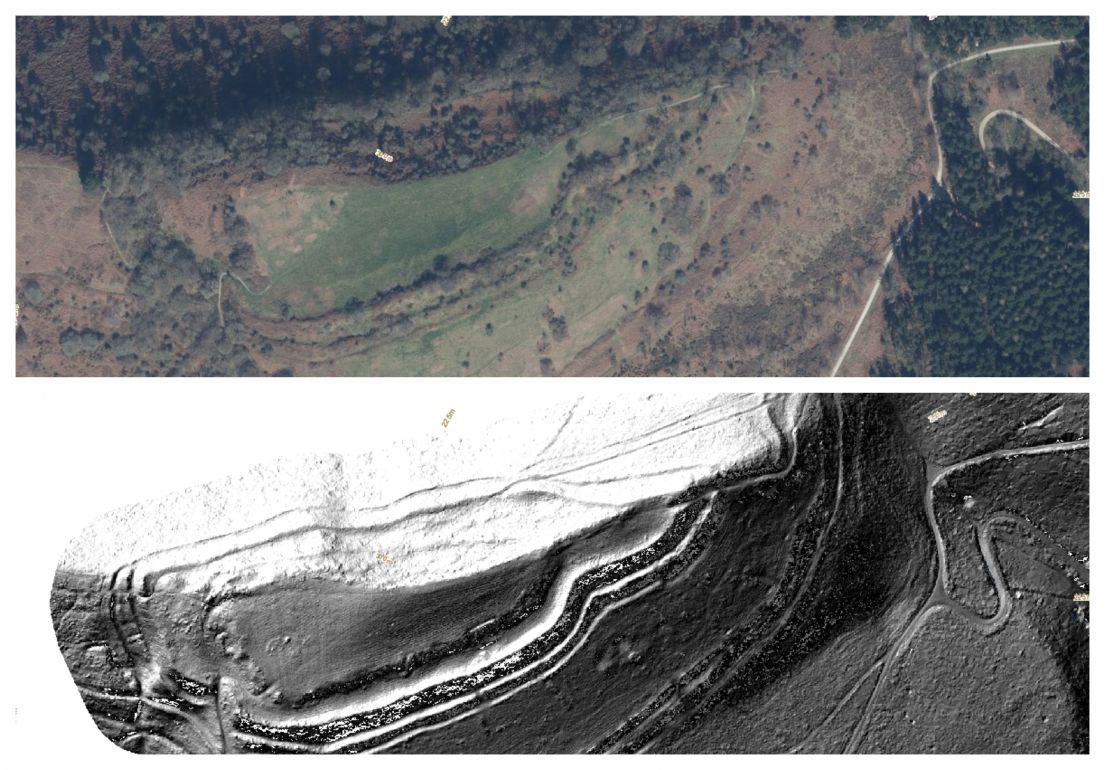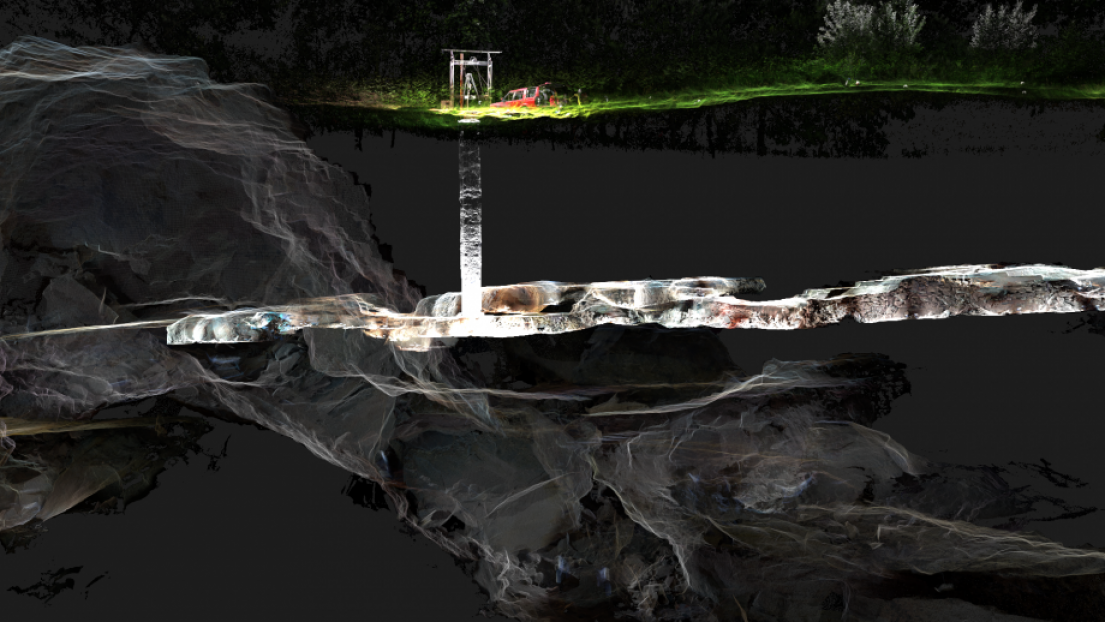
(*Genuine answers for what people think of when you say ‘lasers!’)
See more with a bird’s eye view
Gary Webster – Heritage Officer, Changing Chalk (supported by NLHF)
Mapping change
Alicia Biles - Historic Environment Advice Assistant Apprentice
Opening up tricky spaces
Find out more
- Archaeology at the National Trust
- CBA Festival of Archaeology - It begins this weekend, with hundreds of events to explore
- Cobalt mine at Alderley Edge - Read about the discoveries and take a virtual walk through the passages!
- Beneath the floorboards – see one of last year’s short videos from the Trust archaeology team and look out for more this September
- What's On? - Keep an eye out for more great archaeology events this September
- Blog - Check out our other for more stories of Astounding Inventions
- MOLA - uncovering lost stories of Londoners - Discover what happens after a major dig with our last guest blog from



